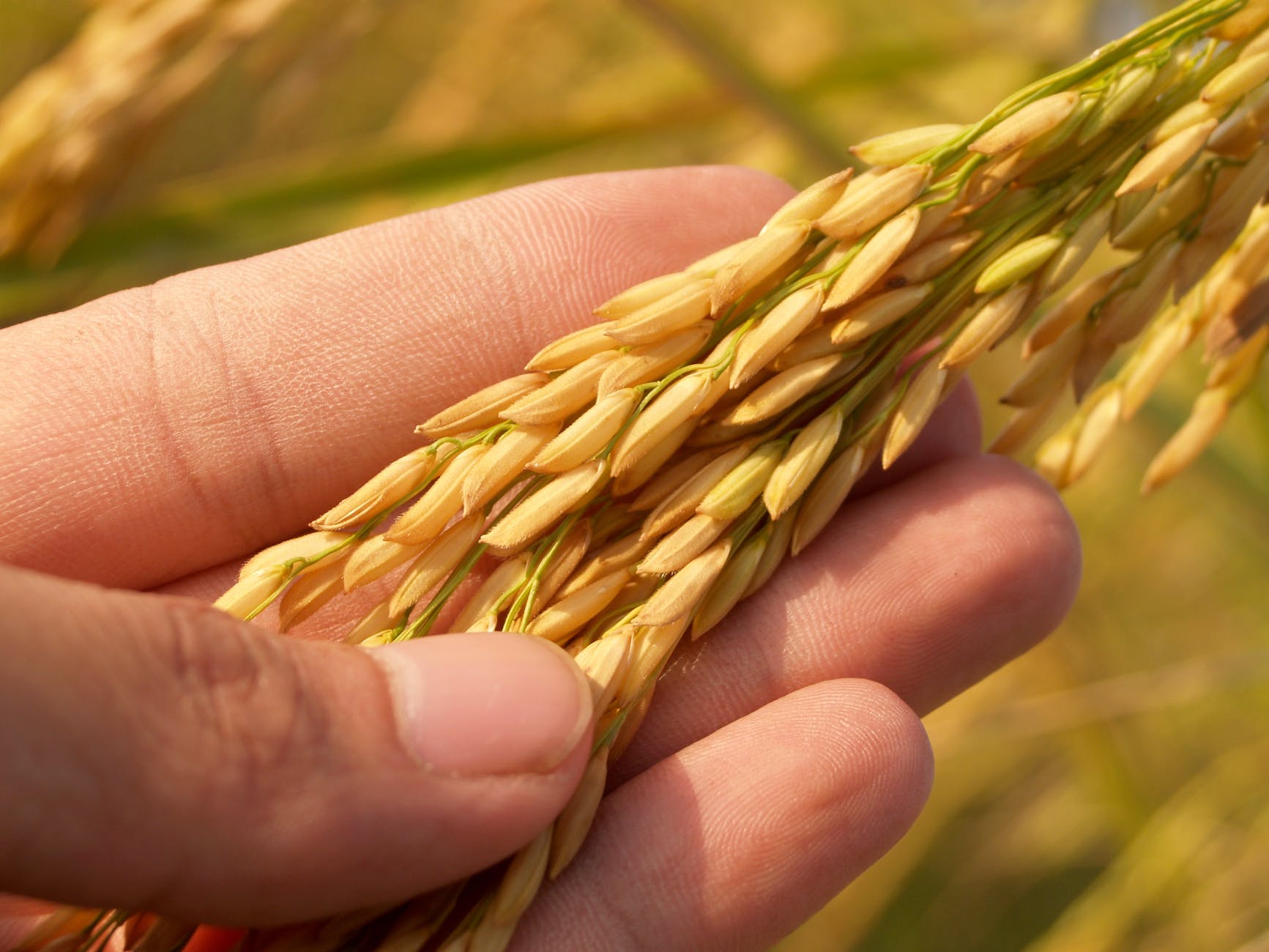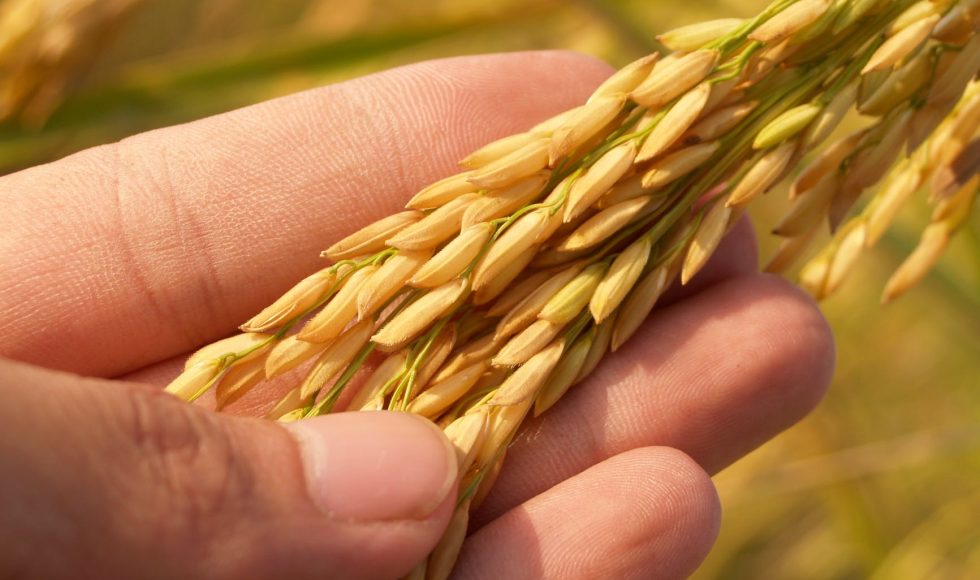I am starting the Assembly playlist from ONT tonight. Francois Sabot from France’s French National Research Institute for Sustainable Development spoke at London Calling 2021. They described the pangenome as the differences between two individuals in their genomes. The shared part is called the core genome, and the non-shared components are called the dispensable or accessory genome. The pangenome is composed of the core and dispensable. A pangenome can be open or closed; the ratio between the core and pangenome is a measure of adaptability. An open pangenome is characterized by continuing to find new sequences as more genomes are added. Sabot and the team are working on rice. They focused on the Asian and African rice genomes. The team used long-reads and reference genomes for mapping. The 12 + 12 rice project used 12 Asian and 12 African rice genomes. They began with high-molecular-weight DNA extraction using the CTAB method. They performed slow pipetting and quality control with pulse-field agarose gels. The libraries were prepared with the Ligation Sequencing Kit 109 with the short-read eliminator reagent. The team used different assemblers and decided the best for this application was Flye. The best polisher set was Racon (x3) and Medaka. This resulted in Busco scores of 97.7% and N50 12-17 Mb with 7-13 contigs. This approach was made for more than twenty genomes. Sabot explained that the longer reads resulted in better continuity, and the SRE kit was very powerful. Interestingly, they still used Illumina as a control. In three days, the team could go from base calling to assemblies. The team is using annotation tools and integrating them into a web-based database. The genomes are placed in a genome map to identify the extent of the pangenome. I learned about open and closed pangenomes and the “12+12 rice project” with this session.



